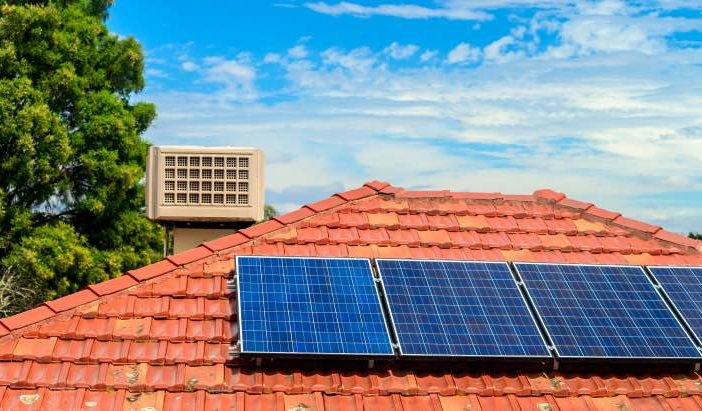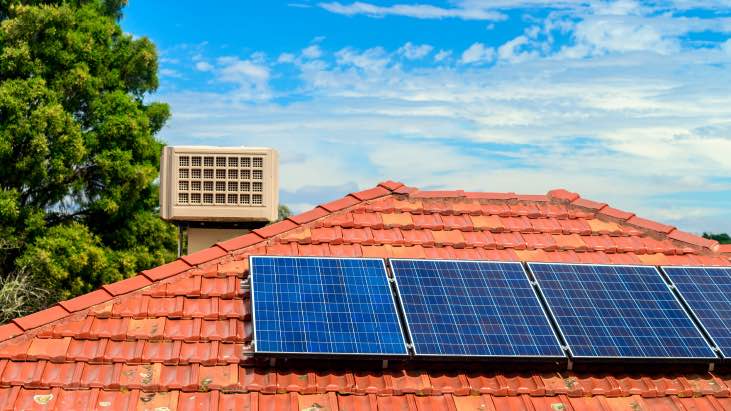
Western Australia’s state owned electricity retailer Synergy is launching a trial in which it will offer households an ultra-low daytime electricity tariff of 8c/kWh, in a bid to help soak up the state’s abundant rooftop solar energy supply.
The new “Midday Saver” tariff will be trialled by more than 400 residential Synergy customers, who will be offered the low rate from 9am to 3pm, a time period within which solar power regularly reaches 50 per cent of total supply for the state.
A higher rate of 55 cents per unit will apply during the 3pm to 9pm peak, to reflect the higher cost of supplying energy at that time, while a mid-range tariff of 20c/kWh will be offered between the hours of 9pm to 9am.
Participants will also be able to view their daily usage data to track their costs and manage their electricity use, a statement from the state government said.
The pilot is being rolled out as part of the McGowan Labor government’s Distributed Energy Resources Roadmap, which was unveiled back in April as a key plank in Western Australia’s transition to a zero emissions grid.
As RenewEconomy reported at the time, the roadmap charts the path to a wholesale switch to distributed energy sources such as rooftop solar panels, household and community batteries, electric vehicles and microgrids.
This is all important for the state, which has lagged the rest of the country on large-scale renewable energy uptake, but has been among the leaders in the uptake of rooftop solar, which has been installed by one in three households across the state, and on track to reach to 50 per cent by 2030.
“Western Australia is undergoing a significant energy transformation; one in three households currently have solar panels and that’s expected to rise to 50 per cent by 2030,” said state energy minister Bill Johnston in comments on Wednesday.
“Due to this enormous growth, we have plentiful renewable electricity when the sun is shining and ideally this is when Western Australians should shift most of their power consumption.
“The Midday Saver tariff encourages households to shift their power use outside of peak times, which also provides benefits to the grid’s maintainability.
“If successful, a time-of-use tariff could be the way of the future, and is a great example of the McGowan government’s Distributed Energy Roadmap being put into action,” Johnston said.
Few Australian states, with the exception of Queensland, have embraced time-of-use pricing for residential electricity as a method of shifting patterns of consumption. Some states, such as Victoria, have offered variable solar feed-in tariff rates, however, to encourage self consumption at times of high production.
Earlier this week, Western Power, the state owned network operator, revealed it was seeking to install another 50MW of distributed battery storage at various points on the state’s main grid, and encouraged Australian businesses to get involved through the manufacture, installation and operation of community and behind the meter batteries.
The new battery plan is separate to the 100MW big battery that will be installed by government owned generator and retailer Synergy to help relieve pressure on ageing coal and gas plants, and will be focused on smaller batteries and multiple locations.

Sophie is editor of One Step Off The Grid and deputy editor of its sister site, Renew Economy. Sophie has been writing about clean energy for more than a decade.



